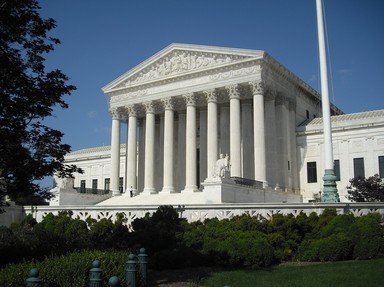Quiz Answer Key and Fun Facts
1. In which 1919 case did Justice Holmes articulate his famous "clear and present danger" doctrine?
2. Which 1925 case hinted at the incorporation doctrine (applying the provisions of the Bill of Rights to the states via the 14th Amendment) and set the precedent that federal courts could review speech issues?
3. Near v. Minnesota (1931) articulated three exceptions to a general ban on prior restraint. Which of these circumstances is not an acceptable condition for prior restraint as defined in this case?
4. In Minersville v. Gobitis (1940) the Supreme Court rejected the claim that state laws mandating the flag salute and pledge of allegiance violate the First Amendment. Which case overturned this precedent only three years later?
5. Which form of speech did the Supreme Court label as unprotected by the First Amendment in Roth v. US (1957).
6. In New York Times v. Sullivan (1964), what did the Court state must be proved in order to prosecute for libel of a government official?
7. Which case dealing with freedom of expression stated that students do not shed their constitutional rights while at school?
8. Brandenburg v. Ohio (1969) provided further protection for dangerous speech by adding what requirement to the clear and present danger test?
9. Which case is known as the "Pentagon Papers Case"?
10. Texas v. Johnson (1989) is an important case concerning symbolic speech. Which form of symbolic speech did the Supreme Court uphold in this case?
Source: Author
lucycamden
This quiz was reviewed by FunTrivia editor
bloomsby before going online.
Any errors found in FunTrivia content are routinely corrected through our feedback system.

